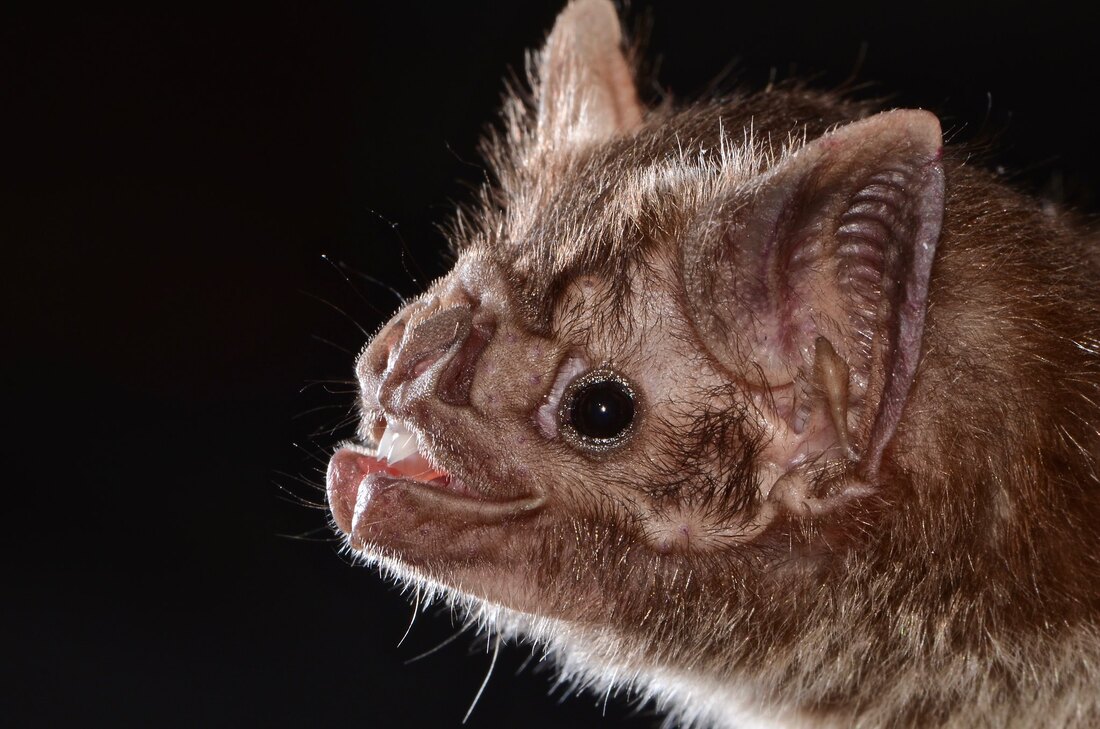John W. Hermanson and Gerald G. Carter The common vampire bat Desmodus rotundus, white-winged vampire bat Diaemus youngi, and hairy-legged vampire bat Diphylla ecaudata are the only mammals that feed exclusively on blood. Their blood-feeding lifestyle shapes virtually every aspect of their biology. Adaptations linked to blood-feeding include changes to morphology (e.g. dramatically reduced dentition, unique terrestrial and arboreal locomotion), physiology (e.g. anticoagulants in their saliva, an ability to rapidly eliminate water from blood meals), sensory ecology (e.g. infrared thermoperception, specialized low-frequency hearing), and social behavior (cooperative food sharing). There is even evidence for an adaptive loss of a cognitive trait: vampire bats lack the otherwise ubiquitous phenomenon of taste aversion learning, presumably because blood from live prey is never spoiled. From an evolutionary perspective, the traits that vampire bats have both gained and lost illustrate adaptive tradeoffs and the link between form and function. Vampire bats are the primary reservoir for bovine rabies virus in Central and South America, so understanding their biology has implications for agricultural development and public health.
2 Comments
8/2/2022 04:52:05 am
Tiktok İzlenme satın alma hizmetleri tiktok hesabınızın büyümesi için en mantıklı adım olacak. Bu sayede hesabınız kısa sürede büyüyecek ve popüler bir hesap haline gelebileceksiniz. Üstelik güvenli ödeme yöntemleri ile hesabınız asla tehlikeye düşmeyecek.
Reply
8/9/2022 05:20:19 am
Çok güzel bir konu teşekkür ederim. https://www.alanyagroup.com/
Reply
Leave a Reply. |
Meet the editors!
Theodore H. Fleming, Liliana M. Dávalos, & Marco A. R. Mello Keywords
All
|

